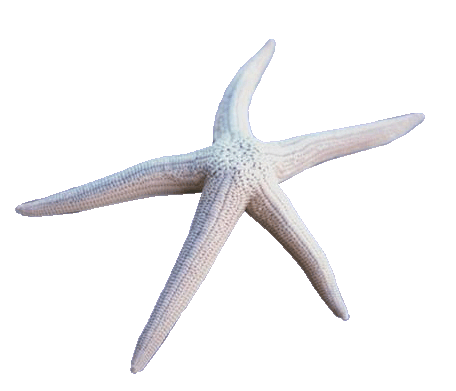SAN SALVADOR -- El Salvador and its Central American neighbors have revived the perennial idea of building a $3 billion "canal seco" or modern highway network to compete with the aging Panama Canal. Juan José Daboub, minister of technology in the cabinet of President Francisco Flores, says that a crossing from El Salvador's port of Cutuco, on the Pacific Ocean, to the Honduran port of Puerto Cortés on the Caribbean, would take only 12 hours. That contrasts with the 72 hours it takes for a ship to pass through the Panama Canal.
Cutuco is now a fairly minor port compared to Acajutla, El Salvador's major cargo seaport on the Pacific. But it's only 200 kilometers due south of Puerto Cortés, says Daboub, making it an ideal southern terminus for the proposed "canal seco."
"About half the roads are already there," he says. At the same time, he concedes, "Hondurans have to modernize Puerto Cortés."
After years of just talk, however, the countries involved mean business this time.
In Honduras, the first stage of a 107-km, four-lane highway has been completed at a cost of $4.8 million. Moisés Starkman, who heads the country's Fondo de Inversión Social, says: "The road will increase commercial flow, benefitting exports and promoting international commerce throughout Central America."
El Salvador is now negotiating with the Japanese Agency for International Cooperation for the $147 million needed to develop the core works of the Port of Cutuco, such as container, bulk cargo and general freight piers, plus warehouses, internal roads and necessary machinery.
The first stage includes the construction of three piers to serve containerized freight, another one for bulk freight and a fifth for cruise ships. This first stage should be finished by 2004 at a cost of $94 million. The second stage envisions the construction of another bulk terminal to be built in 2010 at a cost of $53 million, as well as electricity grids and railroads "to link the port rapidly and efficiently with the rest of the country and the Honduran and Nicaraguan areas it will serve," according to the economic section of the U.S. Embassy in San Salvador.
A private-sector commission from both El Salvador and Honduras is now working on the project, with the group headed by prominent businessmen from both countries.
Jorge Zablah, president of Fusades -- El Salvador's leading investment promotion agency -- says planners envision a four-lane, high-speed road with limited access and no stopping at borders for customs formalities.
"It'll create lots of employment," Zablah told JoC Week. "It will also open up parts of Honduran territory that have no roads at the moment. Limited access means every 10 or 20 miles there will be a way to get on or off the highway. But you will not able to build a factory right next to the road. I have met with top Honduran leaders, and they're very enthusiastic about the project."
At the same time, lawmakers in Nicaragua have approved a bill exploring the possibilities of constructing a similar "canal seco" from Punta Mono on the Caribbean coast to Puerto Corinto on the Pacific coast, a distance of 148 kilometers. Two companies are competing for the project: SIT-Global and Canal Interoceánico de Nicaragua S.A. The latter also envisions a new port at Rivas, 109 kilometers southeast of Managua on the Pacific Ocean.
People throughout Central America have talked about a "canal seco" or "dry canal" for years, but as long as the United States ran the Panama Canal, there seemed to be little point in trying to compete. Now, growing numbers of business leaders believe that shipping goods via a "canal seco" would be cheaper and considerably faster than using the canal, which was built in 1914 and cannot accommodate "post-Panamax" or very wide ships.
"We're promoting this idea because, as vessels get bigger, they will not be able to cross the Panama Canal," said Zablah. "We would like to do something like what Singapore does. Vessels are sent from Australia and New Zealand to Singapore, from where merchandise is shipped to different parts of the world. We think we can do that here."
The "canal seco" would improve the economic outlook for El Salvador, whose per-capita income today averages about $2,000 a year. If the project ever came to pass, Daboub says, Acajutla, El Salvador's major cargo seaport on the Pacific, would "likely be transformed into a bulk handling port."




Gateway El Salvador

Central America: The 'dry' challenge
By Larry Luxner
Journal of Commerce
March 25, 2002

Building the dry canal
back to home